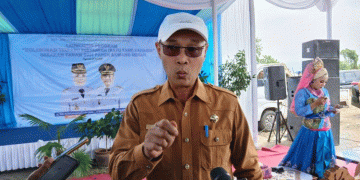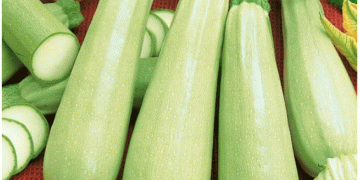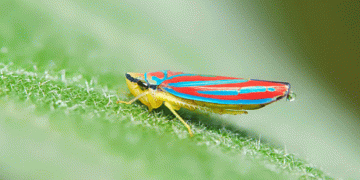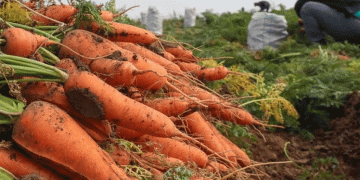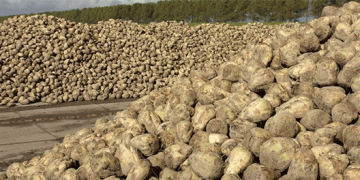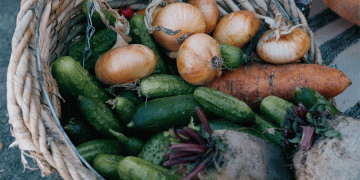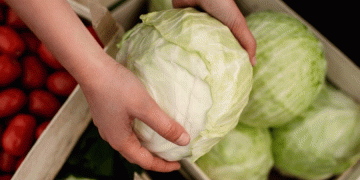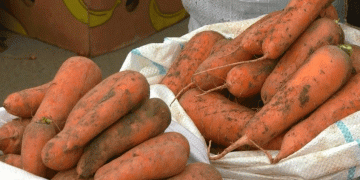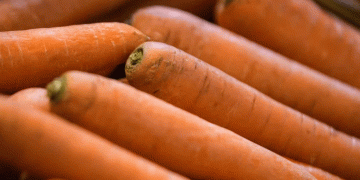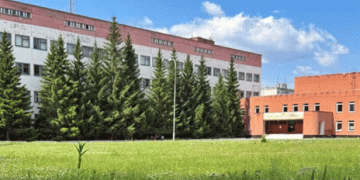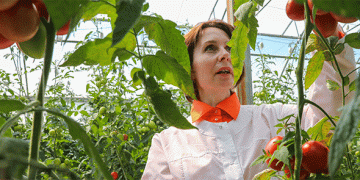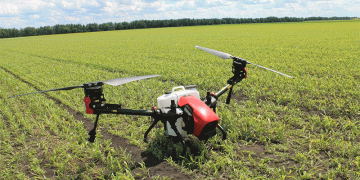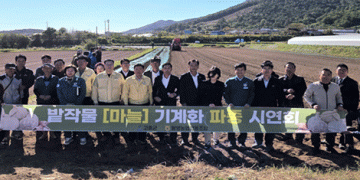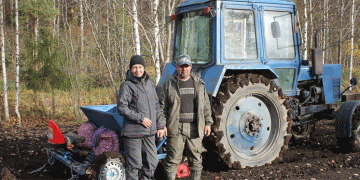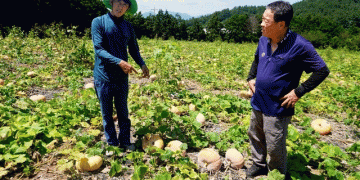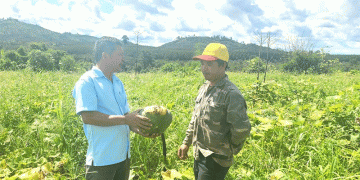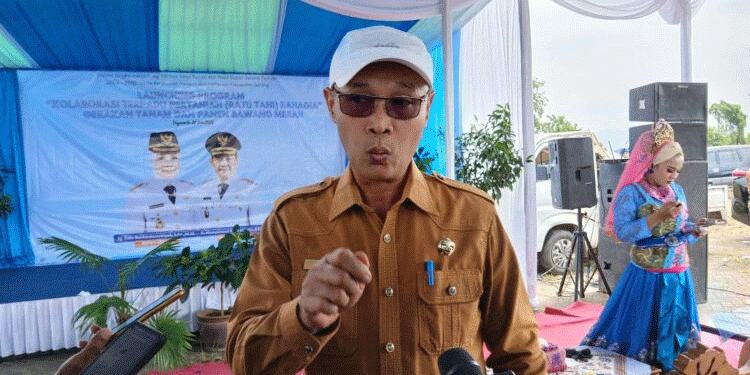Serang Regency’s shallot production stands at just 619 tons annually, far below the local demand of 5,025 tons, according to Suhardjo, Head of the Food Security and Agriculture Office. This 12% self-sufficiency rate forces heavy reliance on imports from national hubs like Brebes, especially during peak demand periods like Eid al-Fitr, when monthly needs spike to 450 tons.
Untapped Potential and Barriers
Despite having 160 hectares of suitable land in Kramatwatu District, only 10% is cultivated, yielding 6–7 tons per hectare—below Indonesia’s average of 10–12 tons/hectare (Ministry of Agriculture, 2024). Limited farmer participation (12 groups in Kramatwatu) and fragmented coordination hinder scalability.
The Ratu Tani Bahagia Program: A Step Forward
This joint initiative by local governments, ministries, and banks aims to:
- Expand planted area through subsidies and training.
- Strengthen farmer groups to adopt better techniques (e.g., drip irrigation, high-yield varieties).
- Improve market linkages to balance surplus/deficit with regions like Brebes.
Global Lessons for Local Success
Vietnam’s shallot productivity (15 tons/hectare) stems from clustered farming and state-backed cooperatives (FAO, 2023). Similarly, Serang could benefit from:
- Land consolidation to maximize economies of scale.
- Climate-smart practices (e.g., mulching, pest-resistant seeds) to stabilize yields.
- Cold storage infrastructure to reduce post-harvest losses (currently 20–30% nationwide).
Serang’s shallot deficit reflects systemic gaps in land use, technology adoption, and supply chain efficiency. While the Ratu Tani Bahagia program is a promising start, sustained investment in farmer empowerment and infrastructure is critical to reduce dependency on external suppliers and secure food resilience.
